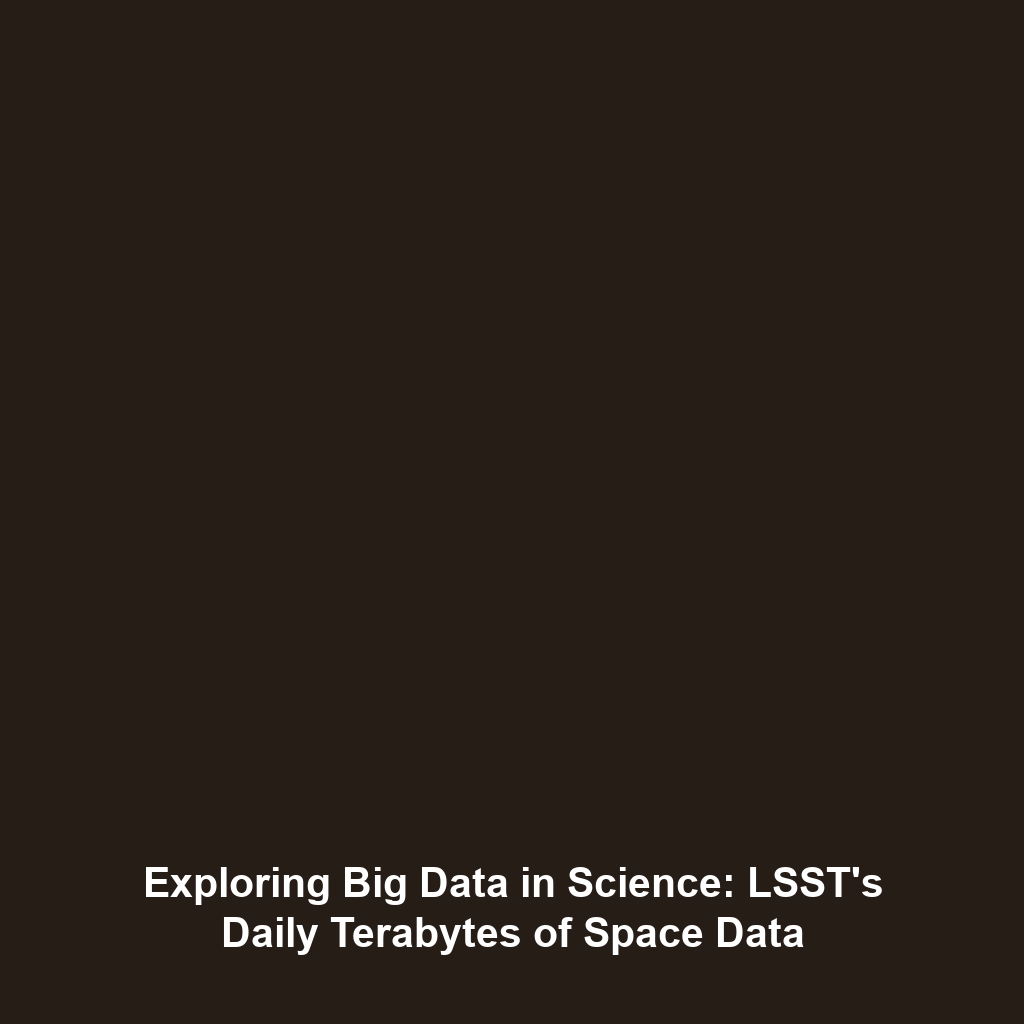<>
Why Dark Matter & Dark Energy Remain Unexplained Despite Advanced Tools
Despite the advancements in astronomical tools and technologies, the mysteries surrounding dark matter and dark energy continue to perplex scientists and researchers. These components constitute about 95% of the universe’s total mass-energy content, yet their fundamental nature remains largely unknown. This article delves into why dark matter and dark energy remain unexplained, highlights key concepts, explores real-world applications, discusses current challenges, and looks towards future research.
Key Concepts
The study of dark matter and dark energy encompasses several critical concepts:
- Dark Matter: An invisible substance that does not emit light or energy, making it undetectable by traditional means. It is believed to account for approximately 27% of the universe.
- Dark Energy: A mysterious force causing the accelerated expansion of the universe, accounting for about 68% of the universe’s energy density.
- Cosmic Microwave Background: This faint glow from the early universe provides clues about dark matter and dark energy, yet it poses many unknowns.
Understanding these concepts is crucial to grasping why they remain unexplained despite extensive research and advanced observational tools.
Applications and Real-World Uses
While dark matter and dark energy may seem purely theoretical, their implications extend into various scientific fields. Examples of practical applications include:
- Astronomical Surveys: Instruments like the Large Synoptic Survey Telescope (LSST) aim to map dark matter distribution across galaxies, helping to shape our understanding of cosmic structures.
- Cosmological Models: Theoretical frameworks that include dark energy are used in GPS technology and satellite communications, indirectly enhancing accuracy.
Research into dark matter and dark energy not only advances fundamental physics but also propels related technological innovations.
Current Challenges
Despite significant efforts, several challenges hinder the full understanding of dark matter and dark energy:
- Indirect Detection: Dark matter has yet to be observed directly, and current detection methods are limited.
- Complexity of Models: Theoretical models are overly reliant on assumptions that may not accurately represent reality.
- Technological Limitations: While tools have advanced, further improvements are necessary to probe deeper into cosmic phenomena.
These challenges continue to complicate efforts to unravel the enigma of dark matter and dark energy.
Future Research and Innovations
Future research endeavors are expected to introduce new methodologies and technologies to tackle these challenges, including:
- Next-Generation Particle Detectors: Innovations in detector technology may lead to direct observations of dark matter particles.
- Enhanced Computational Models: Developing more sophisticated simulations may improve theoretical predictions about the behavior of dark energy.
The potential for breakthroughs in understanding dark matter and dark energy is on the horizon, promising to reshape our comprehension of the universe.
Conclusion
In summary, dark matter and dark energy remain some of the most significant unexplained phenomena in modern science. Despite advanced tools and research efforts, fundamental questions about their nature and implications persist. Continued investigation is essential for deepening our understanding of the cosmos. For further insight, explore our articles on dark matter research and theories surrounding dark energy.

